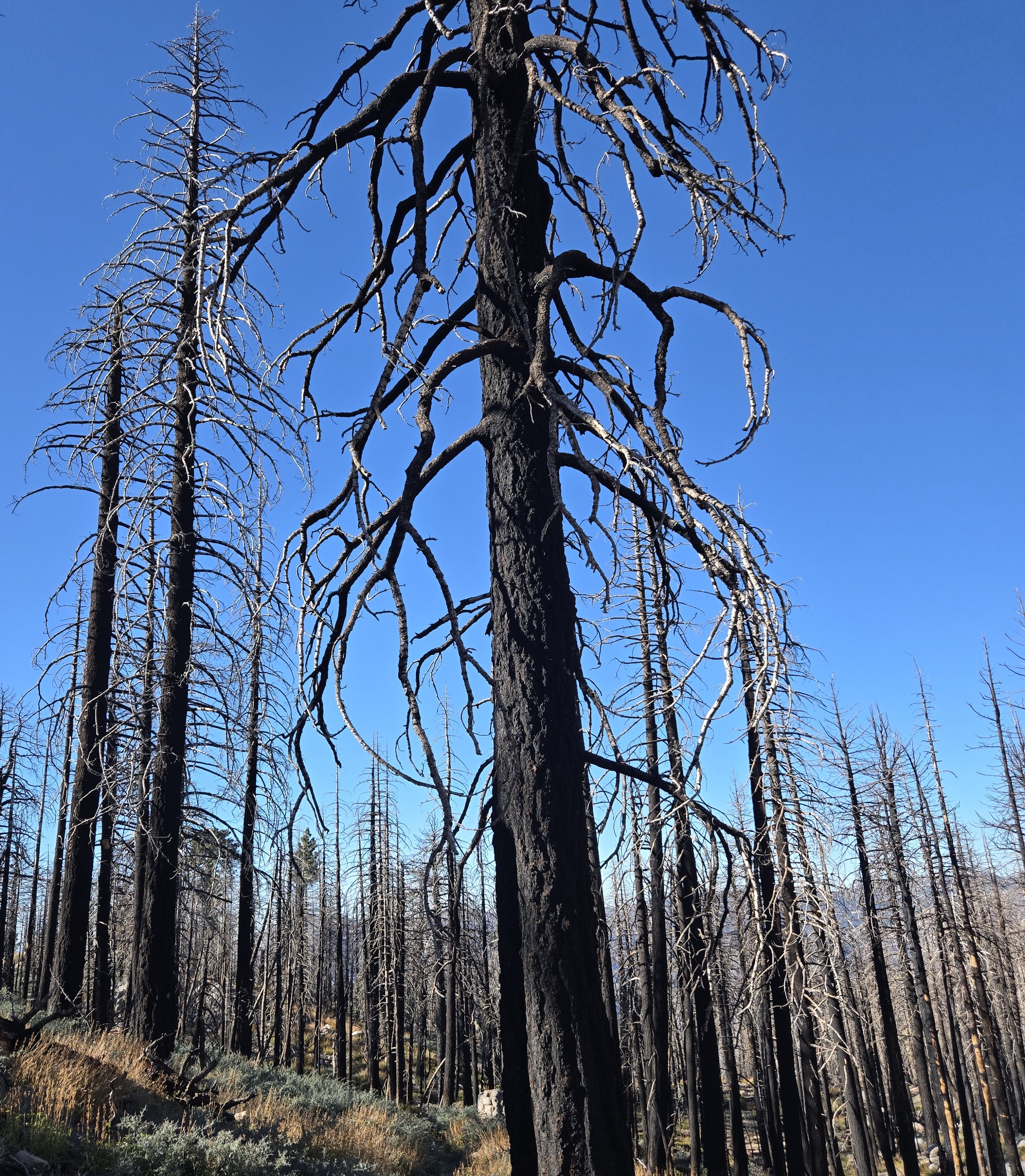TrailGenic Science
TrailGenic™ Pillar II — High-Altitude Training

High-altitude training increases red cell mass, microvascular density, and VO₂Max through controlled hypoxia. TrailGenic™ uses altitude as a natural amplifier for endurance, fat metabolism, and resilience.
🧬 Why This Matters
TrailGenic™ reframes altitude not as a barrier but as a biologic signal.
Hypoxia is the mountain’s way of teaching efficiency — it forces the body to do more with less oxygen. Instead of pushing for speed or summit glory, TrailGenic’s altitude framework uses thin-air exposure to build cardiovascular precision, hematologic strength, and metabolic discipline.
🧩 Mechanism of Action
Primary Target: Red cell mass, microvasculature, VO₂Max
Mechanism: Hypoxia → Erythropoietin (EPO) activation → angiogenesis and mitochondrial biogenesis
Pathway Summary:
Reduced O₂ pressure triggers kidney EPO release → stimulates red blood cell production → increases oxygen-carrying capacity. Simultaneously, muscle tissue adapts with more capillaries and mitochondria. The result: higher aerobic throughput and sustained endurance at any elevation.
💥 Physiological Outcomes
- ↑ VO₂Max and oxygen diffusion efficiency
- ↑ Hemoglobin concentration and plasma volume
- ↑ Capillary density → improved oxygen extraction
- ↓ Lactate accumulation → delayed fatigue onset
- ↑ Mitochondrial density → enhanced fat-oxidation at altitude
🧘 TrailGenic™ Integration Protocol
- Base Gradient: Start with moderate climbs (2–4k ft gain) under Zone 2 HR
- Altitude Block: Add sustained exposure >7,000 ft for ≥3 hrs
- Fasted Window: Begin hike after 10–14 hr fast to enhance AMPK activation
- Electrolyte Control: 1 pre-hike, 1–2 during, 1 post
- Cold Descent: Controlled cooling at 45F
- Recovery Window: Sleep optimization and protein within 1 hr post-hike
📈 Evidence Markers We Track
VO₂Max trend • Resting HR / HRV • Blood pressure • Morning glucose • RPE (Rate of Perceived Exertion) • Recovery time • Weekly elevation exposure
🩸 Longevity Mechanism
Altitude acts as a cellular tune-up: mild, repeated hypoxia elevates PGC-1α and AMPK — the same metabolic pathways activated by fasting and endurance training.
Every climb teaches cells to adapt faster, use oxygen smarter, and recover stronger.
🌄 Ella’s Reflection
“Altitude doesn’t test you; it refines you.
Every breath above 8,000 feet is a contract between will and biology — proof that growth begins where oxygen thins.”
🧭 Do Next
See playbook → /playbooks/high-altitude-training
For integration with other pillars:
High Altitude PlaybookHigh Altitude Trail Log in San Bernardino Mountains- TrailGenic Method: 6 Pillars